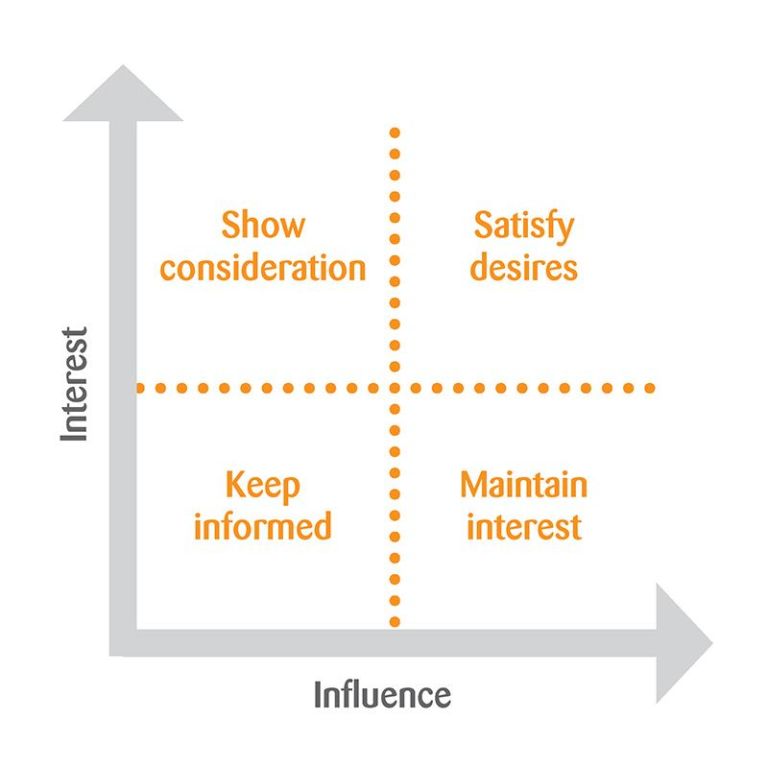Fast tracking into new projects – take notes!
Everybody in the software industry will come to a point when one has to enter a new project. Then, we need to familiarise ourselves with a different project environment and depend on other team members. Our decisions have to be thought out carefully until we become familiar with the project. Clearly, it is desirable to keep the transition-time as short as possible. A way of achieving this is by taking notes in a structured way. When we join a new project, this enables us to become an efficient team member as fast as possible.
In the past decades, more and more software projects have shifted to agile methodologies like Scrum. Because of that, the software industry requires employees to become more self-organised. Team members with this skill require less management and increase the project velocity on that way.
In this article, I show you how taking and organising notes, handwritten and digital, can help you to incorporate faster in new projects.
Ways to organise notes
Storing notes electronically on your laptop is the standard way to go. There are many different alternatives like Microsoft OneNote, Evernote, or your project’s wiki. However, having a laptop on hand is not always an option. Sometimes you need to take notes by hand. There are different solutions, like a tablet with a pen or a paper notebook. In my optinion, the best combination is between a tablet or paper notebook and a laptop. For organising notes, I recommend using the outlining method. To me this has proven to be very effective to filter important information and concentrate on keywords. You can even further enhance this by summarising flows and using arrows to create connections. The usage of drawings and abbreviations can improve your note taking even more. While you take a note, however, you should not forget to keep eye contact with the speaker from time to time.
Take notes to get started
To get started in the project, you should identify individuals that can provide you access to the infrastructure, wiki, and task tracking board. For project related abbreviations, it might be a good idea to maintain a glossary. Once you get access to the project glossary, you can update your entries to it. By looking at the task tracking board or the wiki and by talking to stakeholders, you can gather valuable information about the Use Cases of the software your team works.
Take notes to advance
Once you got started in the project, you can gather further information so you stand out in the project very quickly.
Some tasks that you perform can occur more than once. If that is the case, your team might benefit from notes of the single steps. This also helps you to dive into the project faster and remove impediments in the project as an independent member.
Maintaining a stakeholder list and stakeholder matrixwill help you to prioritise their demands. If youcombine their intentions with the stakeholder matrix you will be able to steer the project better.

- It is crucial that you understand the vision of the project. The vision consists of a compelling destination, a strategic roadmap, and aligned partners. It helps you to identify the ideal end state of your project. The strategies of the project roadmap should be your base to make decisions that are aligned with the project’s vision.

Considering the team’s experience is very important. They have a concept of how to steer the project and how to avoid mistakes that have been made before. However, you also should gather enough information to make your own informed decisions.
You should keep a record of your ideas, preferably in a Kanban board. To evaluate your ideas, you can calculate their return of investment and alignment with the project’s vision. To prioritise your ideas you should consider whether and how much you can leverage them for your project’s current situation. Also it is a good ideal to bring up your ideas in meetings or talk with your colleagues and challenge them together.
Conclusion
When you join a new project, you have to deal with various types of information related to this specific project. You have to be able to extract the important bits and pieces by interacting with the team. Then you have to take notes of this information and store it, either handwritten or on your laptop. By doing this in an organised way with structured notes, you can quickly get to a point where you thrive and increase your performance. In no time, you will be valued as a fully featured team member and you can participate on important decisions.

By Sven Bayer